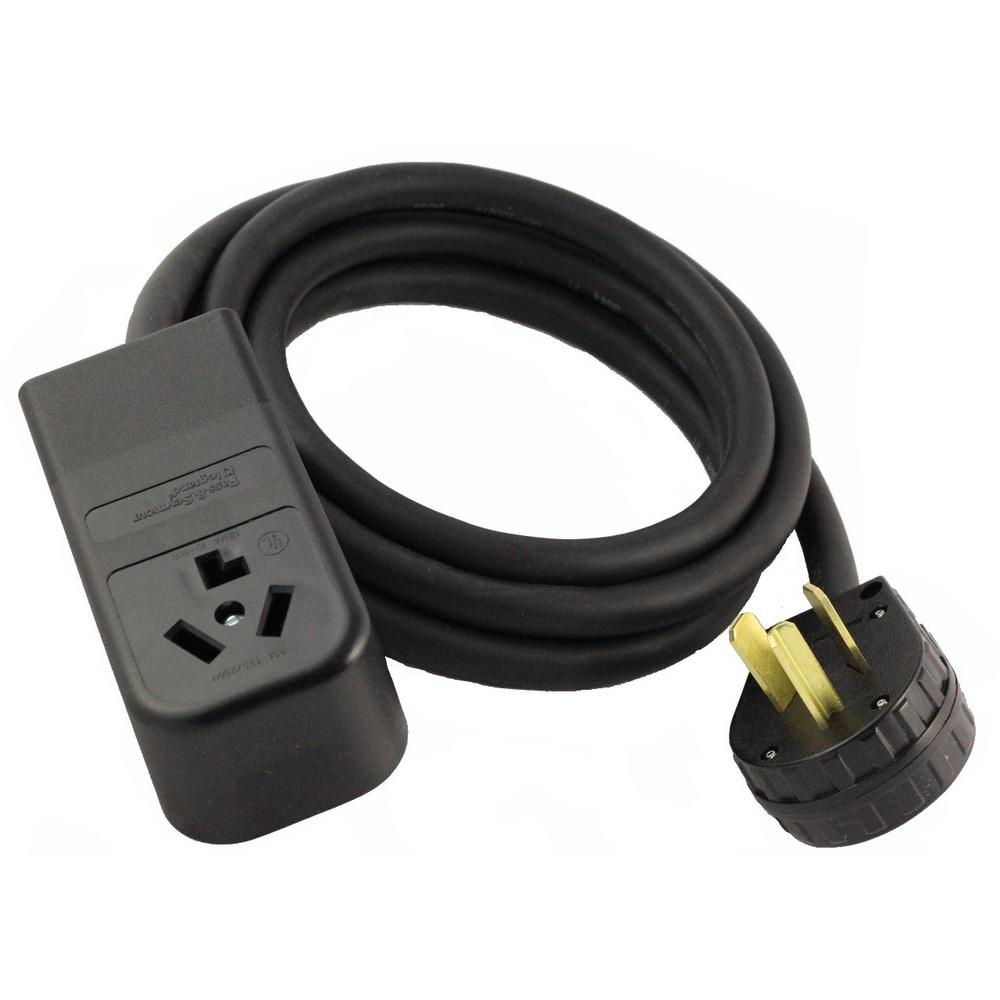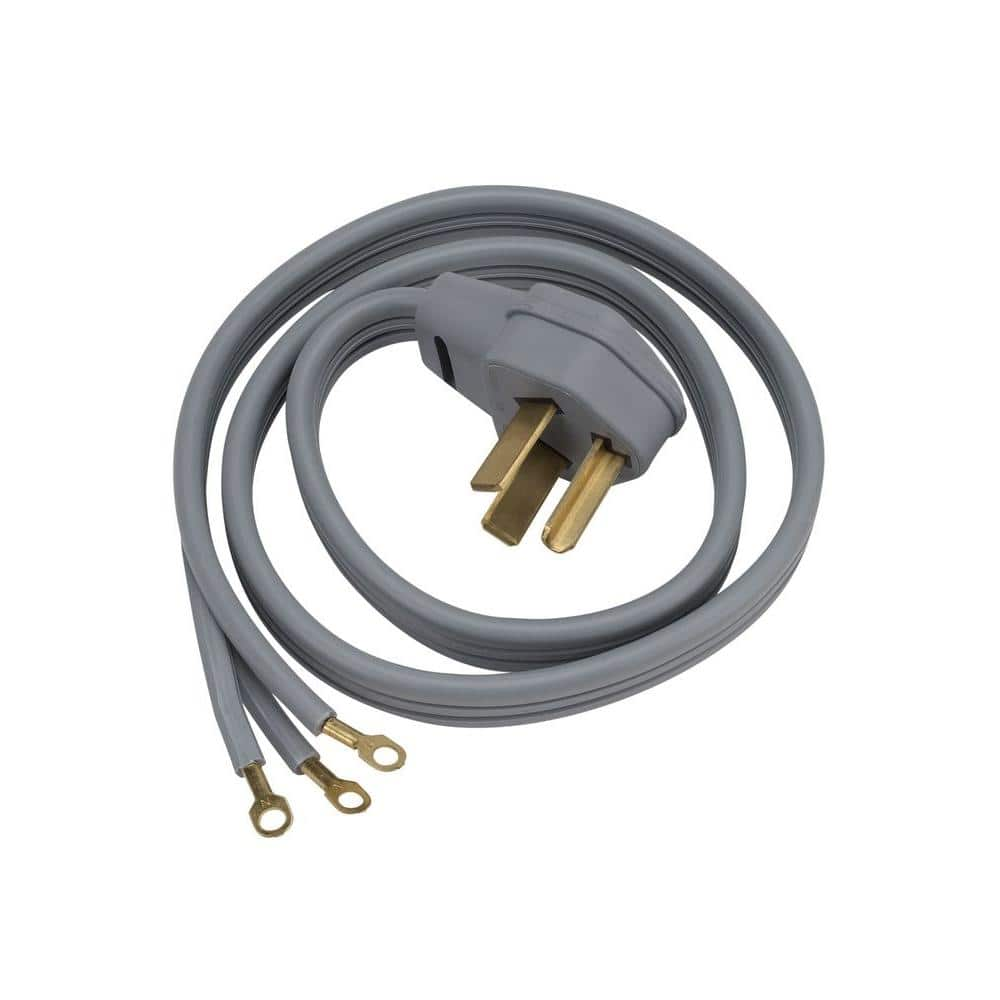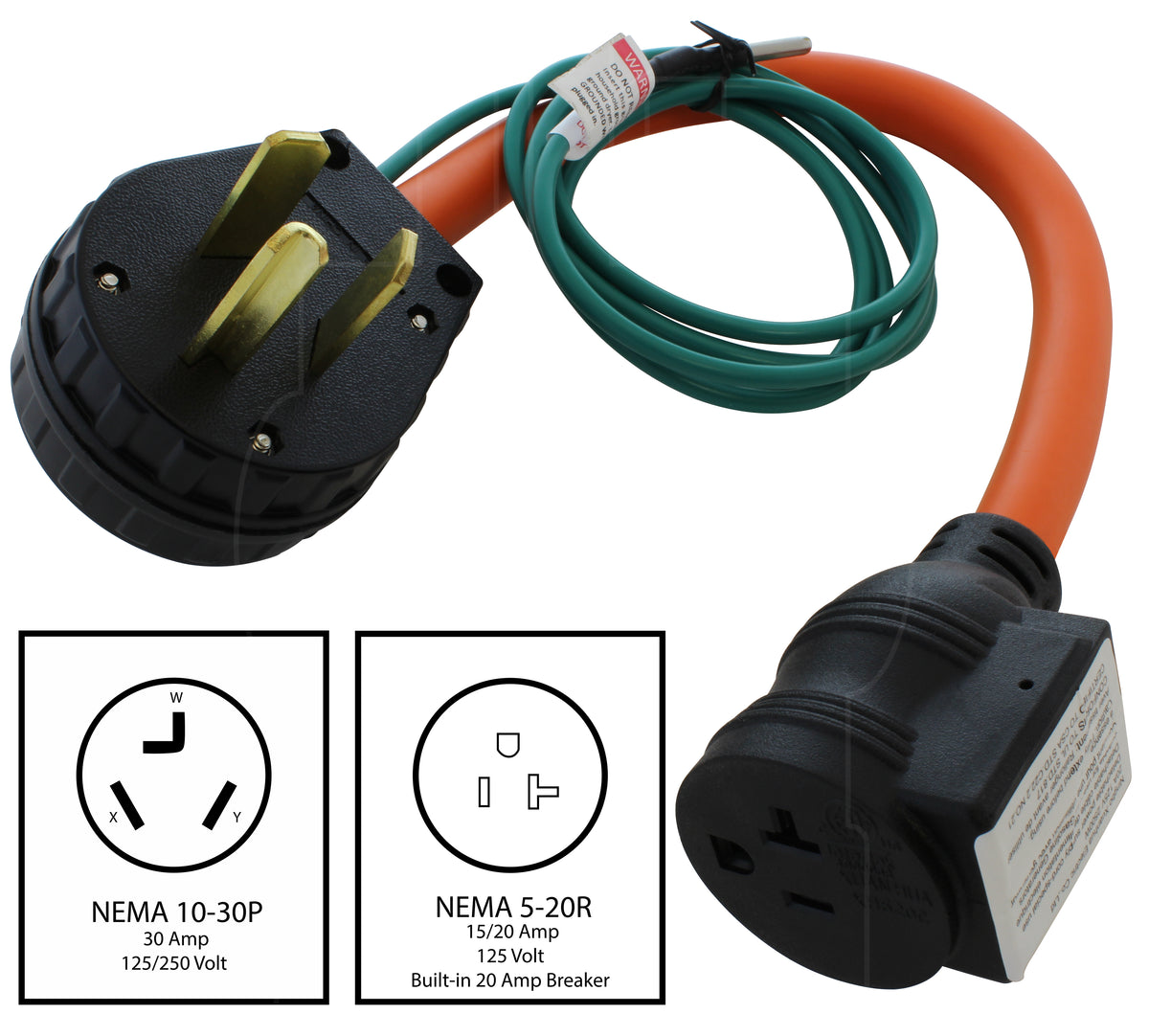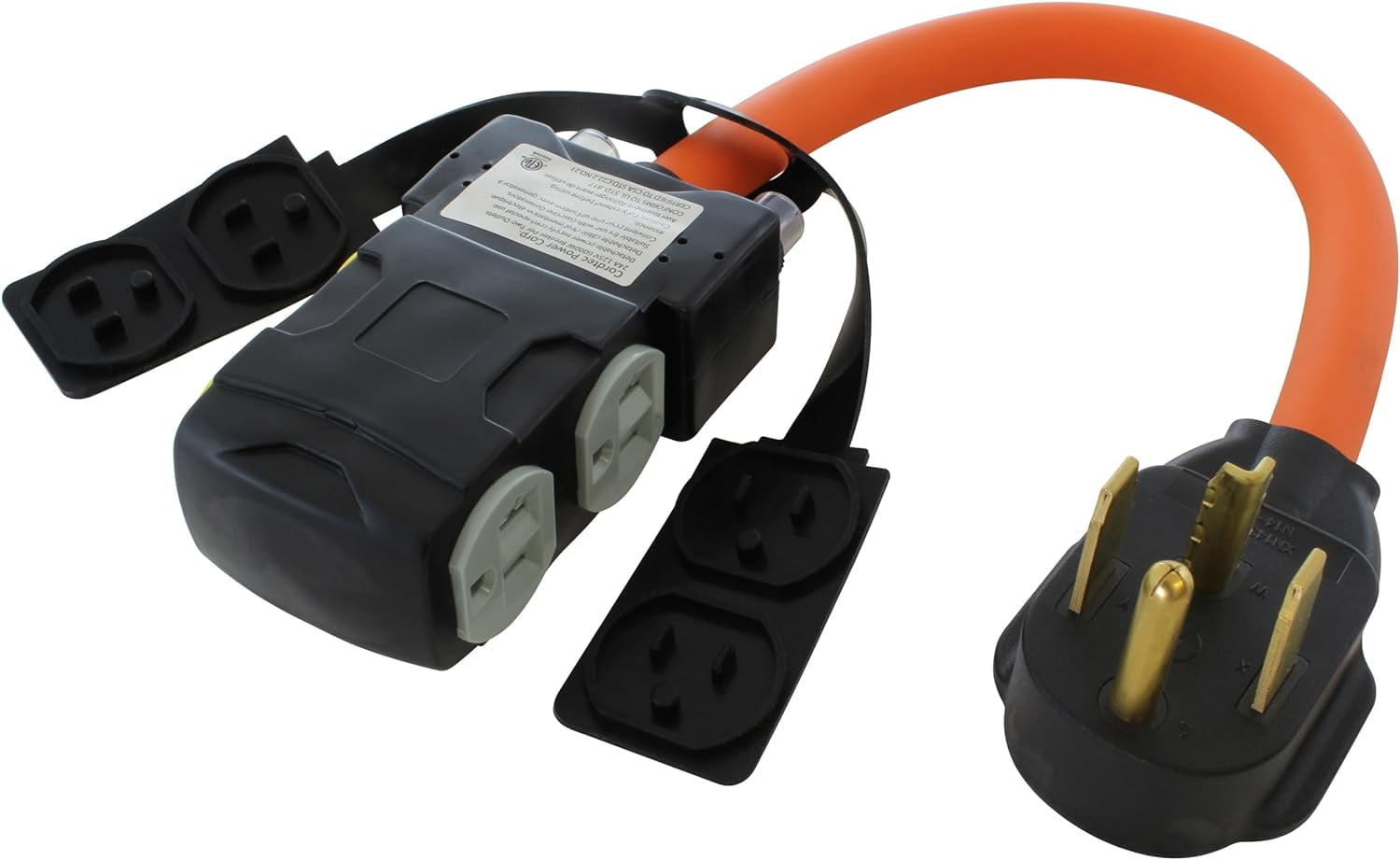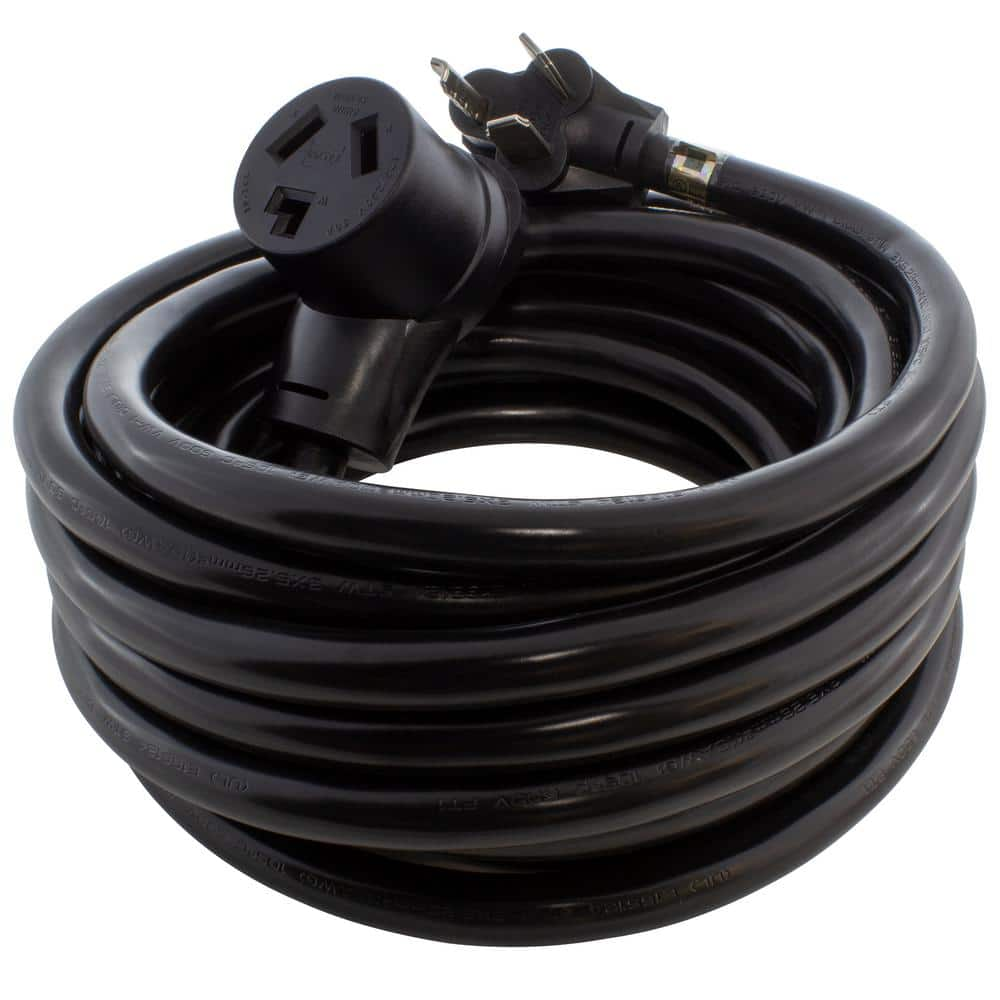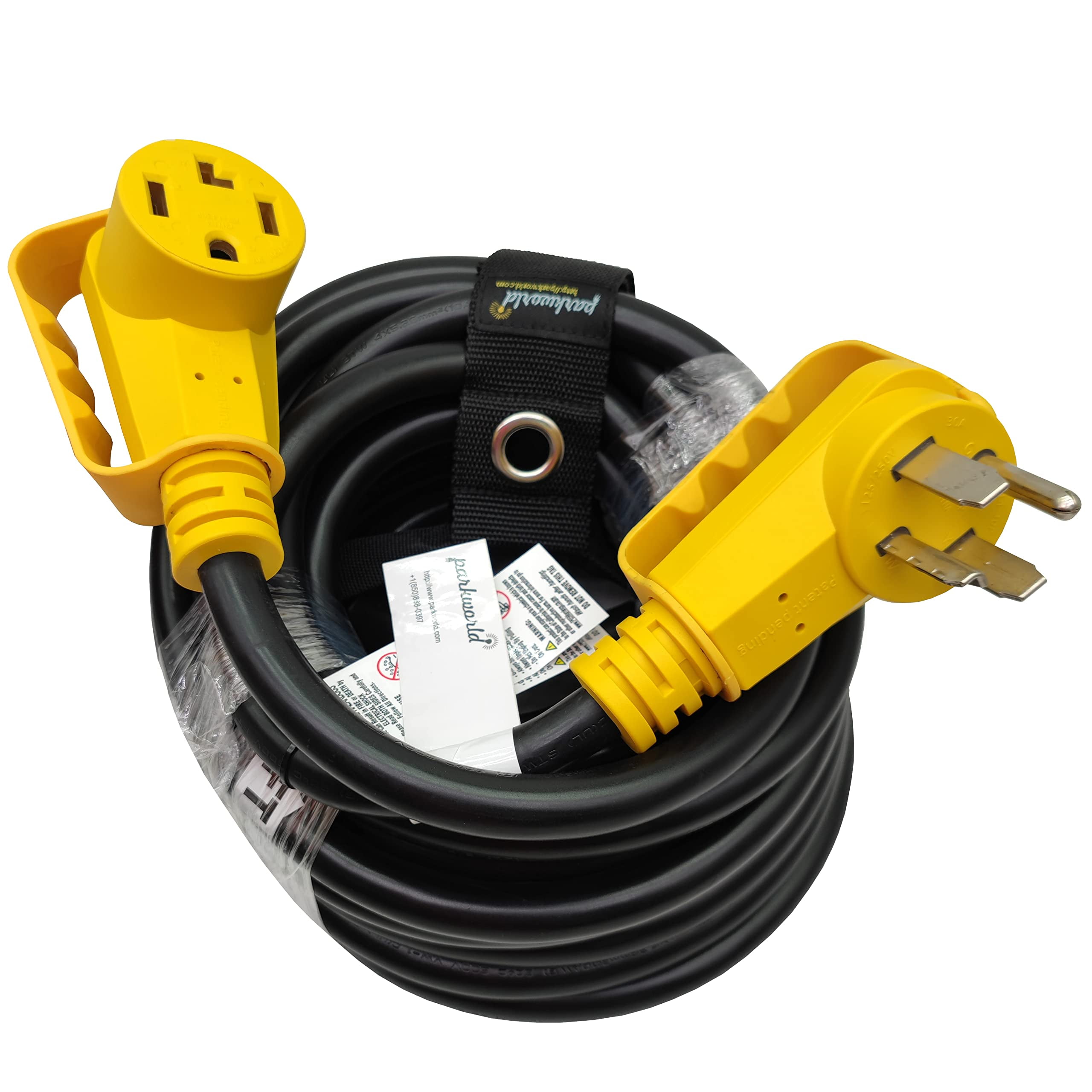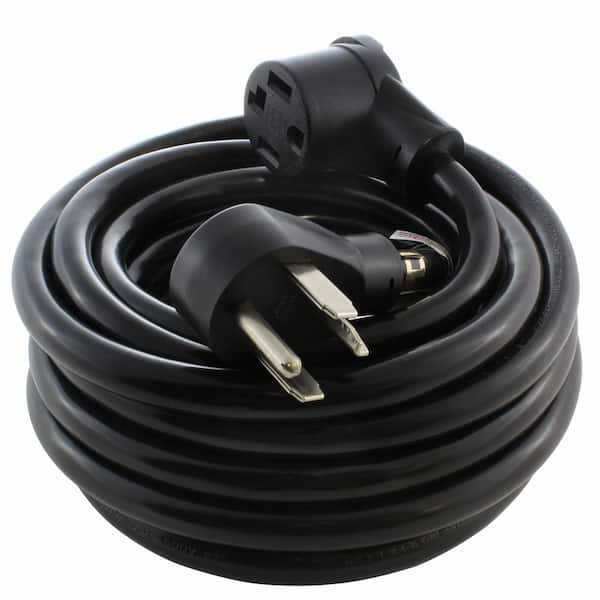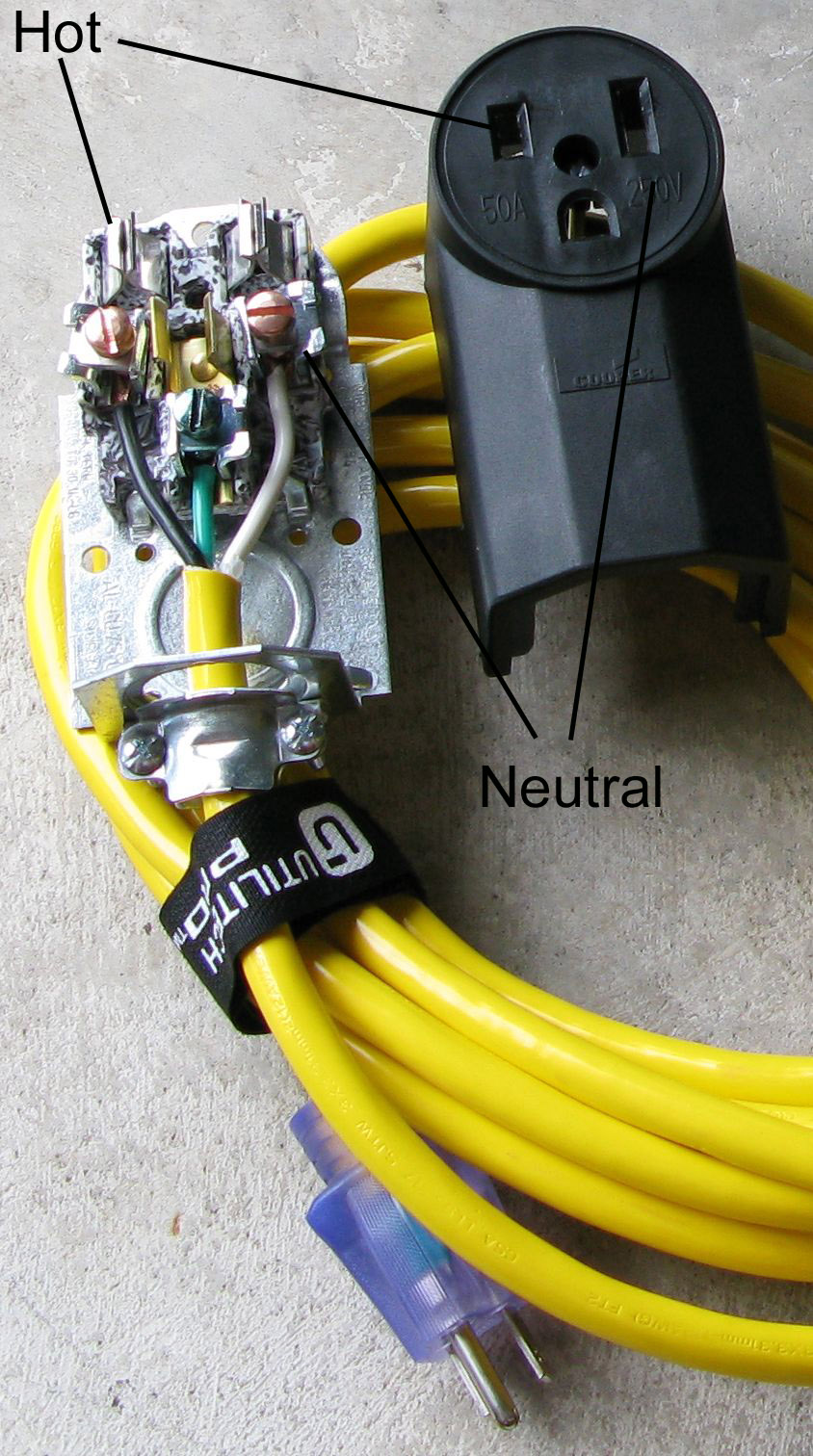220 Volt Extension Cord For Dryer

Immediate action is crucial: Homeowners and renters are urged to inspect their dryer setups following a surge in house fires linked to improper extension cord use. Specifically, the use of standard 120-volt extension cords with 220-volt dryers poses a significant fire hazard.
This critical safety alert comes after a series of incidents across several states, highlighting a widespread misunderstanding of electrical requirements for high-powered appliances. Ignoring these warnings could lead to devastating consequences.
The Danger: Mismatched Voltage and Overload
The core issue revolves around the electrical incompatibility between standard extension cords and 220-volt dryers. Dryers, unlike most household appliances, require a dedicated 220-volt circuit due to their high energy consumption.
Using a 120-volt extension cord creates a severe overload. This leads to overheating and potential ignition of the cord's insulation, nearby flammable materials, or even the dryer itself.
Electrical engineer, Dr. Emily Carter, explains, "A 120-volt extension cord simply cannot handle the amperage draw of a 220-volt dryer. It's like trying to force a river through a garden hose."
Recent Incidents and Geographic Scope
Fire departments in California, Texas, and Florida have reported a sharp increase in dryer-related fires over the past six months. These incidents are often traced back to the use of inadequate extension cords.
In Los Angeles County, fire investigators found that in 75% of dryer fire incidents this year, extension cords were improperly used. Similarly alarming trends are emerging nationwide.
Chief Mark Reynolds of the Austin Fire Department stated, "We've seen families lose everything due to a simple misunderstanding of electrical safety. Prevention is key."
Identifying the Risk and Immediate Steps
Check your dryer's power cord and outlet. If you see a standard three-prong plug connected to a regular wall outlet via an extension cord, there's a serious risk.
Stop using the dryer immediately. Disconnect the extension cord and inspect it for any signs of damage such as melting, burning, or discoloration.
Contact a qualified electrician to install a dedicated 220-volt outlet. This is the only safe and compliant solution for powering your dryer.
Expert Advice and Correct Solutions
Never attempt to modify or "rig" an extension cord to fit a 220-volt outlet. This is extremely dangerous and could be fatal.
Electrical codes are in place to ensure safe appliance operation. Circumventing these codes puts yourself and your loved ones at risk.
According to the National Electrical Code (NEC), only appliances rated for 220-volts should be plugged into properly installed 220-volt outlets.
Who is Affected and Why This Matters
This issue affects anyone who uses a 220-volt dryer, particularly in older homes or apartments where dedicated outlets may not be readily available. Renters and homeowners alike are vulnerable.
The consequences of ignoring this warning are severe, ranging from property damage to serious injury or death. Don't underestimate the potential danger.
Home insurance companies may deny claims resulting from fires caused by improper electrical wiring or appliance use.
Ongoing Investigations and Future Actions
The Consumer Product Safety Commission (CPSC) is investigating the surge in dryer-related fires and considering further safety regulations. They are also exploring ways to improve consumer awareness.
The Electrical Safety Foundation International (ESFI) is launching a national campaign to educate consumers about the dangers of using incorrect extension cords.
Expect to see public service announcements and educational materials appearing online and in local communities in the coming weeks.
Conclusion: Immediate Action Saves Lives
Take immediate action to assess your dryer's electrical setup. Disconnect and replace any 120-volt extension cords used with 220-volt dryers.
Contact a certified electrician to install a proper 220-volt outlet and ensure the safety of your home. Prioritize safety to prevent future tragedies.
The National Fire Protection Association (NFPA) offers resources and information on fire safety. Visit their website for more details.

